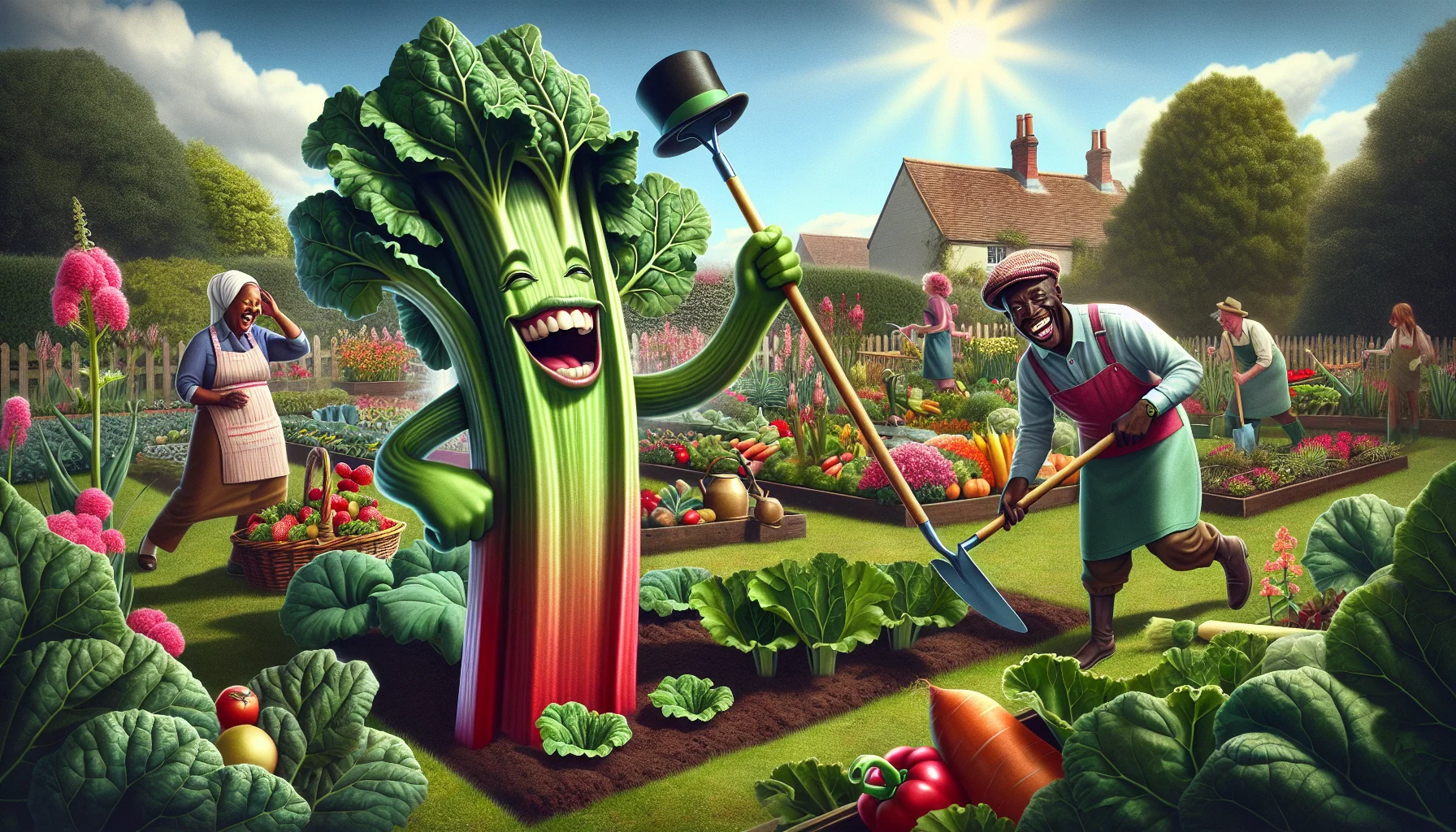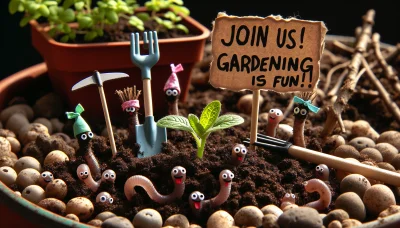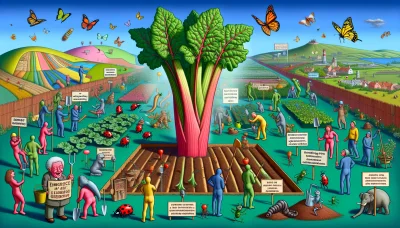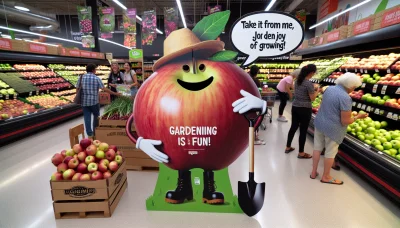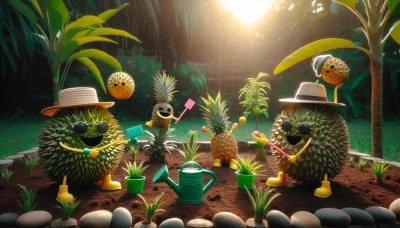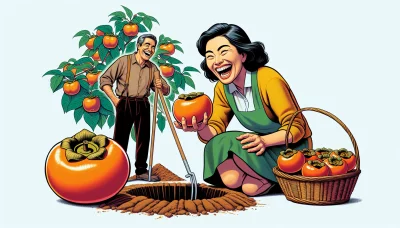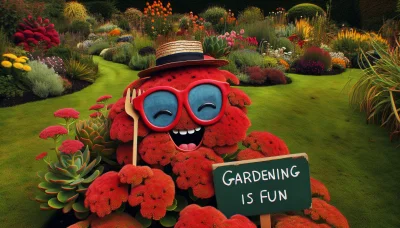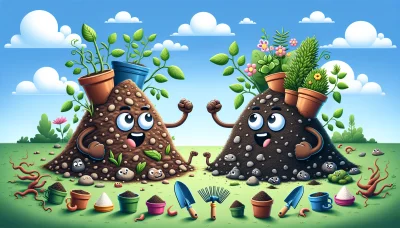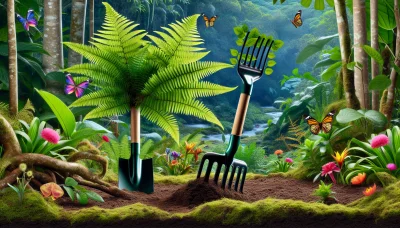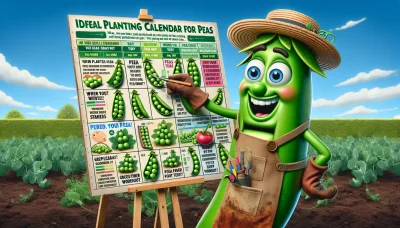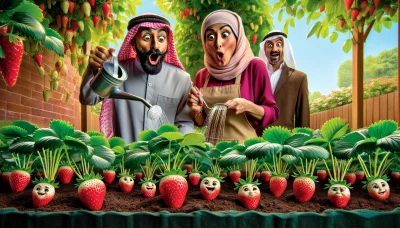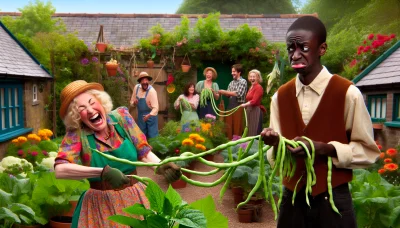Ruibarbo Quiz
Test Your Knowledge
Question of
Introduction to Rhubarb
Rhubarb is a perennial plant known for its thick, red stalks and large green leaves. In the garden, rhubarb is valued for its hardiness and ease of care, thriving in cooler climates and returning year after year with minimal maintenance. Beyond its ornamental appeal, rhubarb is celebrated in the culinary world for its tart flavor, which makes it a popular ingredient in pies, jams, and desserts. The stalks are the only edible part of the plant, as the leaves contain oxalic acid, which is toxic. When harvested at the right time, usually in spring and early summer, rhubarb can add a unique tanginess to sweet and savory dishes alike, making it a versatile ingredient for adventurous home cooks and professional chefs.
The History of Rhubarb
Rhubarb, with its deep roots in history, is a plant that has intrigued and nourished humans for centuries. Originally from the cold steppes of Central Asia, rhubarb was first cultivated for medicinal purposes, primarily in China, over 2,000 years ago. Its journey from a medicinal ingredient to a beloved culinary component is a fascinating tale of travel and cultural exchange. By the medieval period, rhubarb had made its way across the Silk Road, becoming valued in Europe for its supposed digestive benefits. However, it wasn't until the 18th century, when sugar became more widely available and affordable, that rhubarb's tart stalks were transformed into the sweet pies and desserts that are popular today. This transition marked rhubarb's final step from a plant used primarily for health to a cherished garden and kitchen staple. Over the years, rhubarb has grown in popularity, with its vibrant red stalks and tangy flavor becoming a sign of spring in gardens and kitchens around the world.
How to Plant and Grow Rhubarb
- Choose a sunny spot in your garden with well-draining soil.
- Enrich the soil with a generous amount of compost or well-rotted manure before planting.
- Plant rhubarb crowns in early spring as soon as the soil is workable. Make sure the buds or "eyes" are positioned 2 inches below the surface of the soil.
- Space the crowns about 3 to 4 feet apart to give them room to grow.
- Water the plants thoroughly after planting and keep the soil evenly moist throughout the growing season.
- Apply a layer of mulch around the plants to retain moisture, suppress weeds, and keep the soil cool.
- Avoid harvesting any stalks during the first year to allow the plants to establish themselves. In the second year, you can harvest sparingly, taking only a few stalks from each plant.
- Remove any flower stalks that appear promptly to encourage the plant to focus its energy on producing stalks rather than seeds.
- After the first frost in the fall, add a layer of compost or manure to prepare the plants for winter.
- In early spring, remove any dead leaves or debris to prevent disease and pests.
Common Rhubarb Varieties
Rhubarb is a perennial vegetable that is often considered for its culinary uses, particularly in pies and desserts. There are several varieties of rhubarb that gardeners can grow, each with its own unique characteristics. Some varieties are prized for their sweet flavor, while others are noted for their vibrant red stalks or their robust growth. Whether you're a seasoned gardener or just starting out, considering the different types of rhubarb can help you choose the best variety for your garden and culinary needs.
- 'Victoria' - Known for its high yield and sweet, tender stalks.
- 'Canada Red' - Features bright red stalks that are sweet and flavorful.
- 'Crimson Red' - Renowned for its deep red color and strong rhubarb flavor.
- 'Holsteiner Blut' - A German variety known for its sour taste and deep red color.
- 'Riverside Giant' - Distinguished by its large size and vigorous growth habit.
Pests and Diseases Affecting Rhubarb
Rhubarb plants can be affected by a variety of pests and diseases, which can hinder their growth and productivity. Common pests include the rhubarb curculio, a large snout beetle that punctures the stalks to lay its eggs, and crown rot, which is a disease caused by various fungi that affects the base of the plant. To manage these issues, it's important to practice good garden hygiene by removing any affected parts of the plant and avoiding overhead watering to keep the crown dry. Additionally, crop rotation and ensuring proper spacing between plants can help prevent the spread of diseases. For pests like the rhubarb curculio, manually removing the beetles and destroying any infested stalks can be effective. Employing these strategies can help maintain healthy rhubarb plants and ensure a bountiful harvest.
Harvesting and Storing Rhubarb
Harvesting rhubarb at the right time ensures its best flavor and texture. Wait until the stalks are at least 10 inches long and have a deep red color, though some varieties remain green. Gently twist and pull the stalk from the base to harvest, rather than cutting it. Remove the leaves immediately, as they are toxic and should not be consumed. For storing, wrap the rhubarb stalks in a damp towel and place them in a plastic bag in the refrigerator. This method helps keep rhubarb fresh for up to two weeks. For longer storage, rhubarb can be frozen. Cut the stalks into bite-sized pieces, blanch for 1 minute, then cool quickly in ice water. Drain, dry, and spread out on a baking sheet to freeze individually before transferring to a freezer bag. This process preserves the rhubarb's texture and flavor for up to a year.
Rhubarb Recipes for Gardeners
| Recipe Name | Ingredients | Preparation Steps |
|---|---|---|
| Rhubarb Pie | Fresh rhubarb, sugar, flour, butter, pie crust | 1. Mix chopped rhubarb with sugar and flour. 2. Pour into pie crust. 3. Dot with butter. 4. Cover with top crust and bake. |
| Rhubarb Jam | Rhubarb, sugar, lemon juice | 1. Combine rhubarb, sugar, and lemon juice in a pot. 2. Cook until thickened. 3. Cool and store in jars. |
| Rhubarb Compote | Rhubarb, sugar, water, vanilla | 1. Cut rhubarb into pieces. 2. Cook with sugar, water, and vanilla until soft. 3. Serve over ice cream or yogurt. |
